6 Top Iron Foods and Tips on How Much Iron You Need to Be Healthy
7 minute read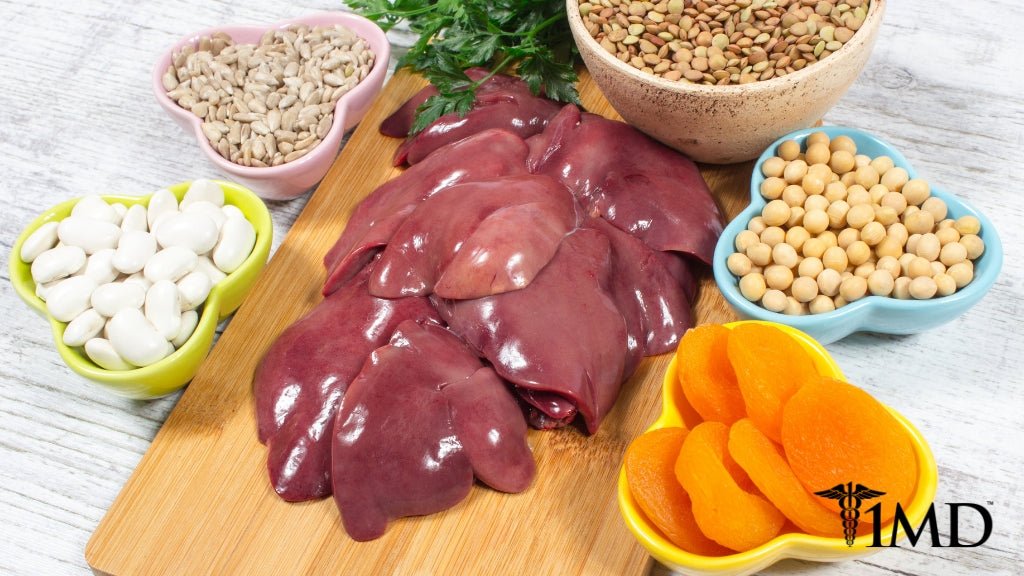
Iron plays a major role with our blood. In fact, it’s the reason why blood smells and tastes metallic. Blood’s most important function in the body is as the main component of hemoglobin, a protein that carries oxygen in red blood cells.
If you’re not getting enough iron, this deficiency can lead to anemia, which can make you feel tired, weak, and dizzy. In the United States, iron deficiencies are most often caused by poor diet, blood loss, or problems absorbing nutrients.
Luckily, poor diet can easily be fixed by adding in healthy, nutrient-packed foods. Here is what you need to know about iron in your diet and 11 delicious food sources to add to your menu.
How Much Iron Do You Need?
The Recommended Dietary Allowance (RDA) for iron varies depending on age, sex, if you’re pregnant or lactating, and if you’re a vegetarian or eat a mixed diet. If you don’t eat meat, you need 1.8 times more iron than the RDA listed because the iron from vegetarian foods is harder for our bodies to absorb, i.e., is less bioavailable.
For most adults 19-50 years old, the RDA for iron is:
♦ Women - 18 mg
♦ Women, Pregnant - 27 mg
♦ Women, Lactating - 9 mg
♦ Men - 8 mg
A well-balanced diet is the foundation of good health, and these foods are a great place to start if you’re concerned about your iron intake.
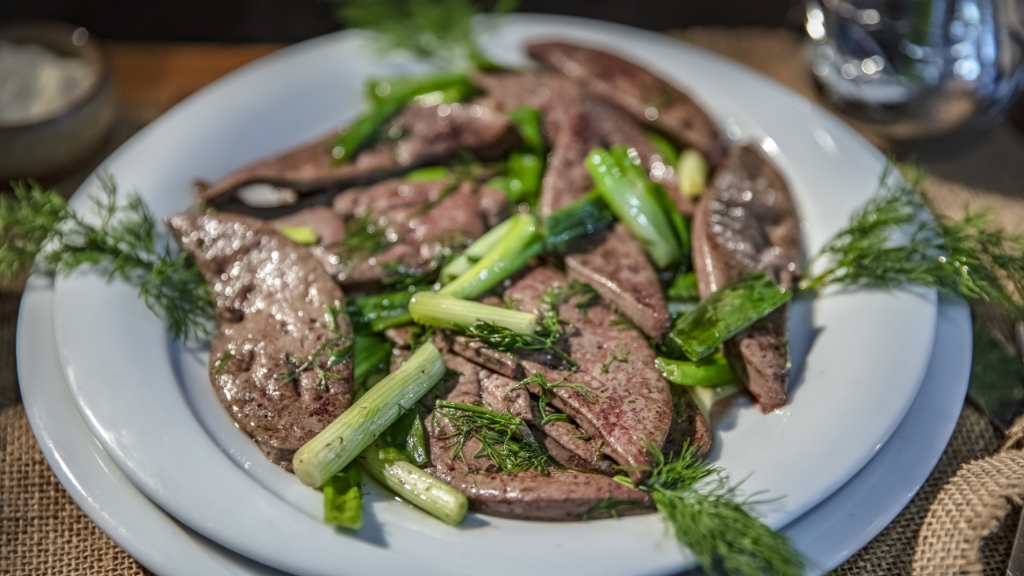
1. Liver
While they may not be a common addition to your diet, liver tops this list because it is nutrient-rich and contains heme iron, which has higher bioavailability than non-heme iron (which comes from vegetarian food sources like legumes and vegetables).
A single 3-oz serving of beef liver contains 24 grams of protein and 30% of the RDA for adult women (for adult men, it’s almost half the RDA). In addition to this, the same 3-oz beef liver also provides more than 100% of the vitamin A, riboflavin, vitamin B12, and copper that you need in a day.
Unsure how to incorporate this powerhouse food into your diet? Liver is most commonly fried and served with sauteed onions, but can also be made into meatballs or sliced up for a traditional Korean hot pot, just to name a few examples.
2. Spinach
Though spinach provides 17% of the RDA, it is somewhat of an iron paradox. It contains non-heme iron, which is the type that’s less easily absorbed by our bodies, but it also contains ascorbic acid (or vitamin C), which studies have shown increases the bioavailability of iron up to four times.
At the end of the day, spinach is good for you and can help boost your iron levels, not to mention the other nutrients it brings to your guts.
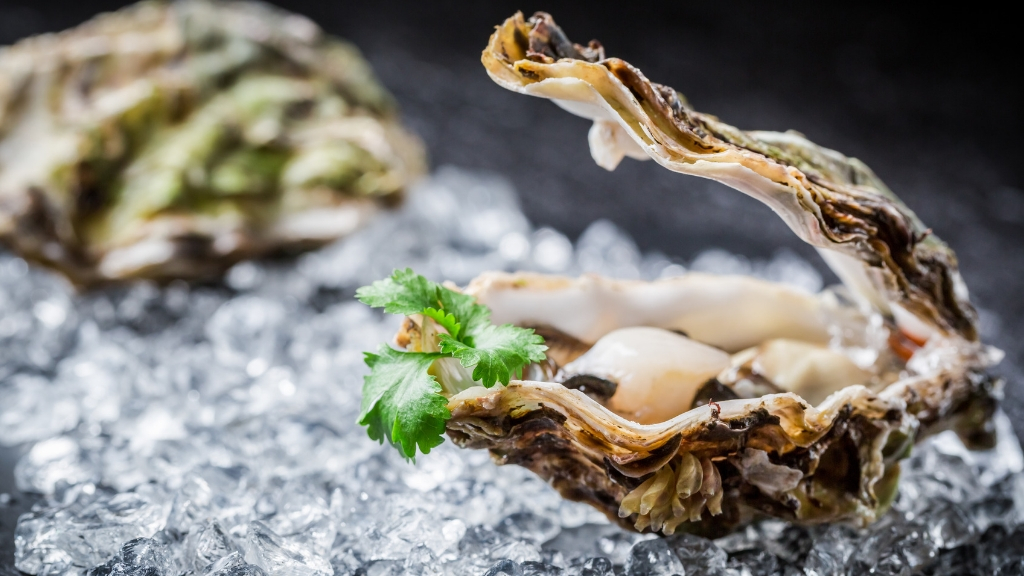
3. Oysters
While seafood and shellfish are overall good sources of iron, oysters take the cake at a whopping 44% of the RDA in a 3-oz serving of cooked oysters.
These tasty little mollusks are also excellent sources of pantothenic acid, zinc, copper, omega-3 fatty acids, and selenium, as well as 16 grams of protein.
Cooked or raw, oysters are another nutritionally dense food that have not only iron, but a host of other essential vitamins and minerals.
4. Lentils
If you’re a vegetarian, lentils are likely one of your main sources of protein, and they also happen to be an excellent source of iron. A cup of cooked lentils has 37% of the RDA for iron and 18 grams of protein, and less than a gram of fat, in addition to several other key nutrients.
Fifteen grams of fiber (over half of the RDA) will help you feel full longer, which makes lentils a great addition to a weight loss regime and will help keep you regular.
Though lentils are a great source of iron, they provide only the nonheme type. In order to maximize your body’s ability to absorb it, mix the lentils with foods that are high in vitamin C.
A hearty soup that includes lentils along with foods like bell peppers, tomatoes, carrots, and kale can deliver iron with the all-important vitamin C boost.
5. Red Meat
Not into liver? Other cuts of beef deliver lots of iron, too, just not in quite as high doses as organ meats.
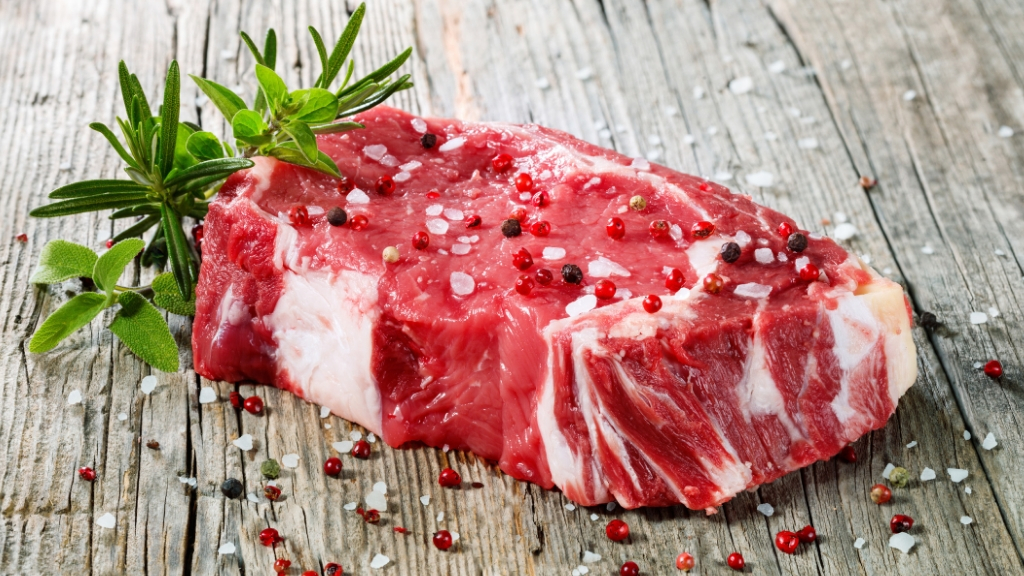
A 3-oz portion of roast beef has 10% of the RDA. While this might seem like you’re getting a lot less iron than, say, lentils, at first glance, remember that meat and seafood contain heme iron, which is easier for our bodies to use.
Not only is heme iron more readily absorbed, studies have shown that meat, poultry, and seafood can increase the bioavailability of nonheme iron.
| Related: Italian Meatballs and Why It’s Still OK to Eat Red Meat |
While beef is a rich source of iron, it also has the saturated fat and cholesterol that its vegetarian counterparts lack. Stick to lean cuts of beef. Harvard Medical School recommends having a portion of red meat (up to 3.5 oz, or about the size of a deck of cards) up to twice a week.
6. Broccoli
A half cup of cooked broccoli provides 6% of the RDA, which you might think is a little low for this list, but it is very high in vitamin C. Like spinach, broccoli has both iron and vitamin C, which boosts the bioavailability of nonheme iron.
So, while broccoli doesn’t have nearly as much iron as lentils do, it’s more of a complete package when it comes to iron absorption.
Tips for Vegetarians and Vegans
There’s no way getting around it—our bodies can use iron from meat, poultry, and seafood at a higher rate than from plant-based sources.
Remember to set your RDA 1.8 times higher than that of people who eat a mixed diet. That comes to:
♦ Women - 32.4 mg
♦ Women, Pregnant - 48.6 mg
♦ Women, Lactating - 16.2 mg
♦ Men - 14.4 mg
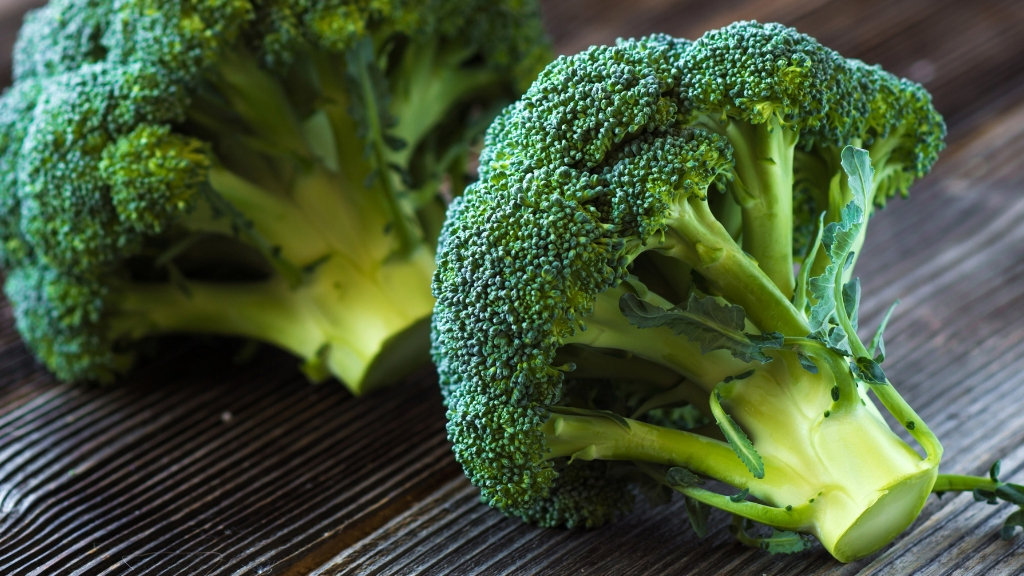
In order to optimize your iron intake, choose foods like spinach and broccoli that also contain vitamin C, or eat foods like lentils and legumes with things that are rich in vitamin C.
The Bottom Line
When it comes to iron, you can’t just go by the percent of the RDA on a label. Iron comes in two basic types that are absorbed by the body at very different rates. This absorption is enhanced by factors like vitamin C and meat, poultry, and seafood.
If you are concerned about your iron levels, be conscious of not only how much iron a particular food has, but also what the source is. As always, consult your doctor with any health concerns.












